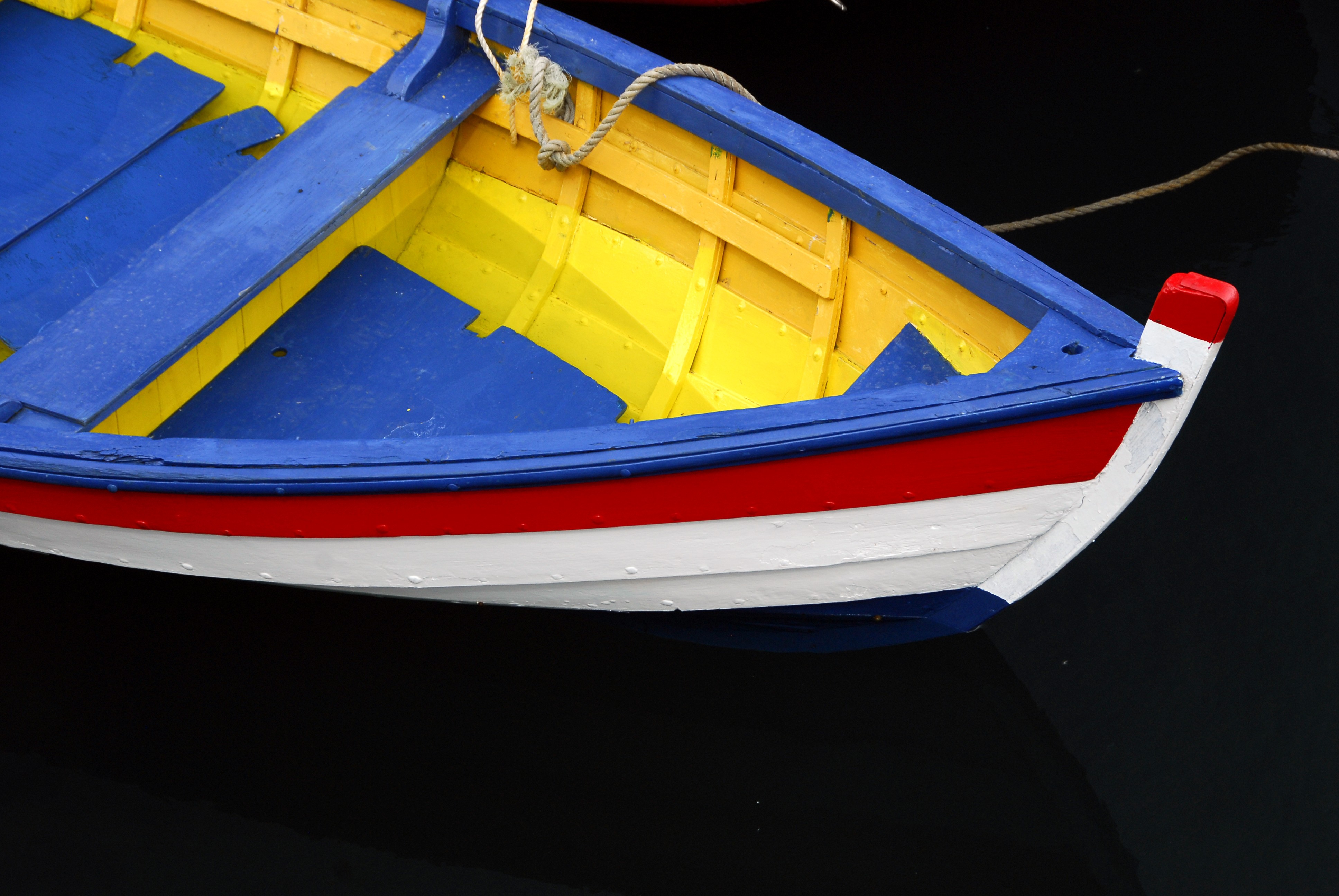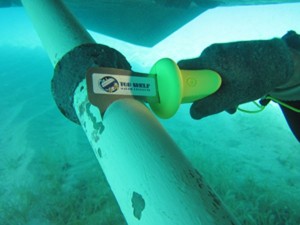SDMC Special Offer
The SDMC Marine Systems Excellence E-zine readers are being offered a special 15% discount on their Top Shelf Marine Products purchase. Please visit www.topshelfmarine.com and upon checkout, enter the promo code SDMC (case sensitive) to receive your discount.
This offer expires April 26th, 2015.
Top Shelf provides unique, specialized products for in the water hull and bottom cleaning,engine room and deck care and maintenance.
Ask Steve – April 2015
Copyrights 2015 SDMC, Inc.
Steve
I just read one of your articles on line about Isolation transformers.
I am a commercial fisherman in the Pacific Northwest.
I have a 53 ft. steel fishing vessel with one main engine (855 Cummins), and two generators. The boat has a completely aluminum house with a data strip that attaches the aluminum house to the steel hull. The boat was built in 1990 and has been suffering from corrosion of the data strip on the aluminum side. I want to put an Isolation transformer on to isolate the single phase 220 shore power cord from the boat. I have had the boat just a few years. The electrolysis of the house and other aluminum parts of my refrigeration system have gotten worse in that time. Can you recommend what size of transformer i need and what company sells them?
Thank you
Fred Hankins
Fred:
While I’m a strong advocate of shore power transformers, particularly aboard metal boats, I doubt your house Detacouple corrosion would be arrested with the installation of a transformer. The same would be true of your aluminum refrigeration components unless they are in direct contact with seawater.
Among other things, when wired in the isolation mode, a transformer isolates the vessel’s ground from shore ground. In doing so, it isolates the underwater metals, or hull in this case, from the underwater metals and hulls of other nearby boats that are also plugged in to shore power, as well as from steel bulkheads, pilings etc. If your boats hull is connected to the hulls of other boats, or other nearby submerged metals, your vessel’s zinc anodes may be protecting everything in this “circuit” by virtue of the fact that they are immersed in the same electrolyte or seawater. When you anodes are depleted, your hull may be acting as an anode for other less noble metals in this circuit.
This isolation, and the presence of a transformer, would have no effect on the aluminum house Detacouple corrosion. This deterioration is very likely the result of simple galvanic or dissimilar metal corrosion. The aluminum is less noble than the steel, they are in contact with each other, with “electrolyte” being sea spray and precipitation. Prevention of corrosion in this region is strictly a case of effective coating of the metals, thereby eliminating the electrolyte, a necessary ingredient for galvanic corrosion.
Nobleclad, the manufacturer of Detacouple, provides the following guidelines where corrosion is concerned.
“Corrosion Resistance of Aluminum/Steel transition joints has been demonstrated widely in actual service, as well as by numerous controlled tests in marine environments. These tests have shown that accelerated galvanic corrosion at the Aluminum/Steel interface is inhibited by the sealing effect of Aluminum corrosion products. Painting completely eliminates initial corrosion penetration, and localized paint defects do not lead to catastrophic corrosion.”
If you still wish to install an isolation transformer, I would recommend you contact Charles Marine, manufacturer of UL Listed marine transformers, for guidance on which model would best suite your needs.
Steve:
Both of my 350 GM engines are rebuilt and only have 15 hrs. dock time but the port engine has clean in-water exhaust when warming up and the starboard engine always has a white-ish color in the salt water with a little layer of either fuel or oil on top. Could this be running rich?
Gordon Whitbeck
Gordon:
At this early stage in a rebuilt engine’s life it’s tough to say if this is break-in related, a rich mixture (I presume the carburetors, if so equipped, were rebuilt or are new also?) or failure of an oil control ring or leak in a valve guide seal. An overly rich mixture will typically generate black smoke, white is often indicative of burning oil, however, there are exceptions to this rule. It should not be confused with steam, some of which is normal. I would run the engines and monitor this. For break in purposes you should run them moderately hard, in compliance with the rebuilder’s instructions of course, to ensure rings seat properly. Monitor oil consumption as well as spark plug condition. The latter will alert you to an incorrect mixture.
Steve
Thanks for being such a great help to the boating industry.
Is there a meter or some device that I can purchase that can be plugged into a marina’s shore power to verify that my boat will not be exposed to any galvanic current while plugged in at the marina.
Once again thanks for all your help.
Raymond Harris
Ray:
If there is a subject that is most misunderstood in the marine industry, corrosion must surely be it, or at least one of the top contenders. This is no reflection on you, you’ve posed a very good question.
The most effective means of testing your own vessel for its level of galvanic protection, or susceptibility, is via a silver-silver chloride reference electrode, which is then used with a multi-meter.
Use of this tool isn’t especially intuitive, there are a series of tests you would need to carry out to determine protection levels and to check for the presence of stray current and galvanic corrosion, the scope of which are beyond this response. Having said that, a few facts may help clarify things.
There are primarily two types of corrosion about which you should be concerned. The first is stray current, it is the result of DC positive voltage, i.e. from a battery, “leaking” into water around your boat, usually from your boat. It causes serious, rapid metal loss. There is no way to prevent this type of corrosion other than stopping it at the leak source. The second is galvanic corrosion, it is the result of dissimilar metals in contact with each other, immersed in an electrolyte, i.e. seawater, a manganese bronze propeller attached to a stainless steel alloy shaft for instance, the former is anodic to the latter and it will corrode if a zinc or aluminum anode isn’t present. It is a slow process, and is typically warded off by using sacrificial anodes, zinc or aluminum.
Here’s where it gets tricky, an extremely small percentage, less than one percent in my opinion, of corrosion cases are caused directly by shore power, i.e. 120 volts leaking into the water. It’s very rare. However, just plugging in to shore power can significantly increase the risk of galvanic corrosion even if the power is never turned on, and that’s where folks get confused, they equate plugging in, in marina, with corrosion, and understandably yet mistakenly so. When you plug in, the green grounding wire connects your boat’s bonding system to that of your slip neighbor’s, and his is connected to his slip neighbor’s and so on and so on. Many boats are connected and the one with no anodes left is being protected, potentially, by your anodes via the green grounding wire, with the return path through the water.
This potential corrosion nightmare can be mitigated by using a galvanic isolator or isolation transformer in your shore power circuit, effectively isolating your boat’s bonded underwater metals from those of other boats. The galvanic isolator is a must for every boat, even if you plug in one day a year, and it’s cheap, but it does have its limitations, it can only protect to a certain point. The isolation transformer on the other hand is infinitely more effective, with no limitations, it completely isolates your boat’s electrical system from the dock and other boats…and predictably it costs much more than the galvanic isolator.
This article covers galvanic isolators: http://www.passagemaker.com/channels/galvanic-isolators-and-%C2%93zinc%C2%94-anode-selection/.
This article covers transformers: http://www.passagemaker.com/channels/the-ins-and-outs-of-shorepower-transformers/.
You could purchase Charlie Wing’s “Boat Owner’s Electrical Handbook” second edition. It’s worth having in any event, however, there is a chapter within it on the subject of corrosion and the various measurements you could take using the reference electrode.
Ask Steve questions should be addressed to asksteve@stevedmarineconsulting.com. Please include your full name and home port. Concise questions are more likely to be answered. For more information on the Ask Steve column, please visit www.stevedmarineconsulting.com/ask-steve/.
For more information on the services provided by Steve D’Antonio Marine Consulting, Inc. please e mail Steve at info@stevedmarineconsulting.com or call 804-776-0981.





